My favourite painting: Ken Follett
'The Bayeux Tapestry is the mother of all strip cartoons'
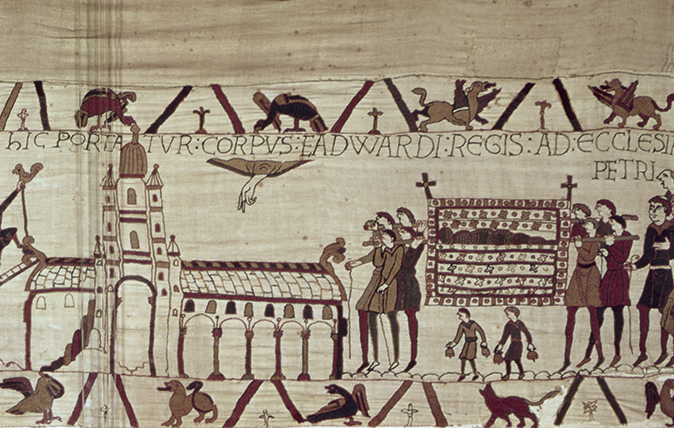

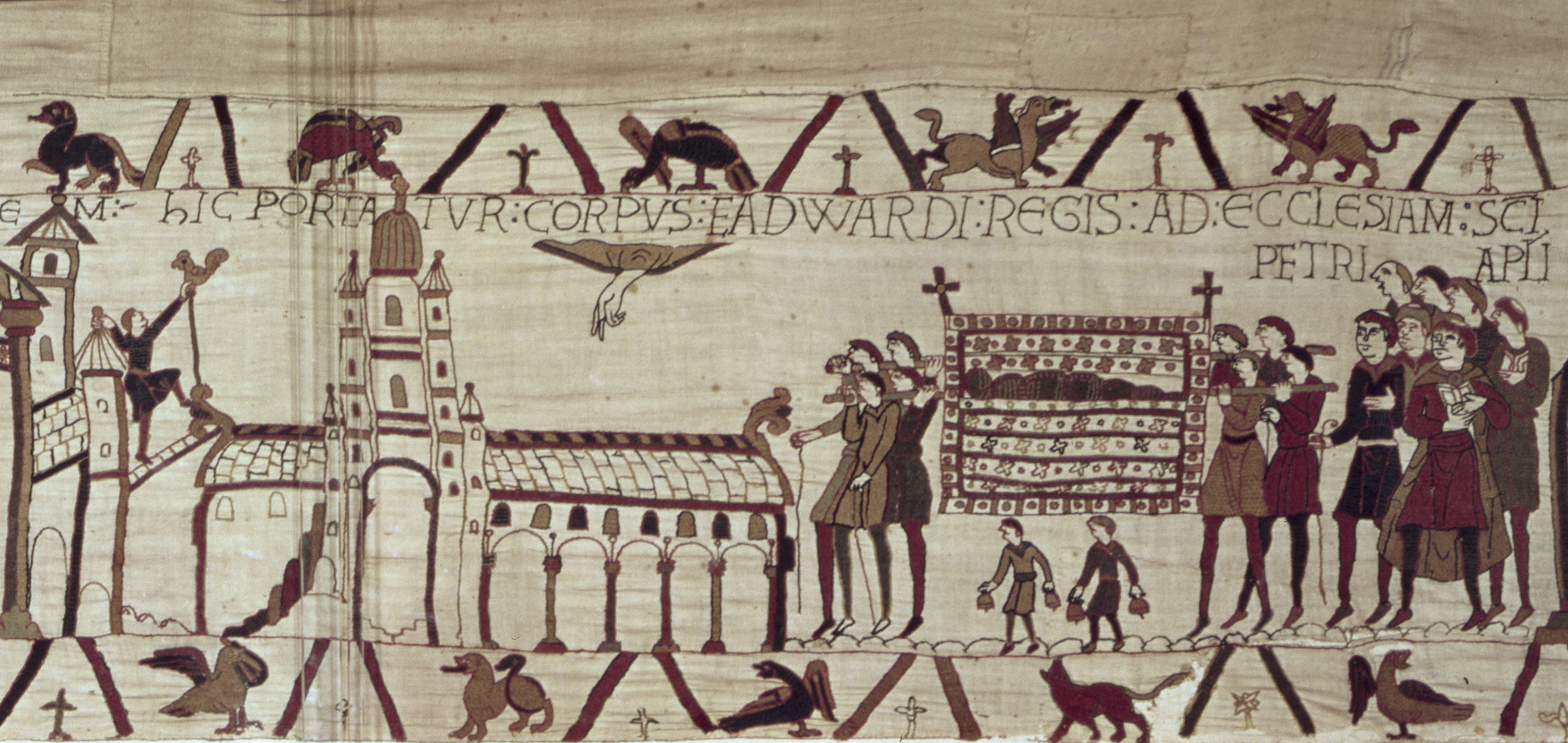
The Consecration of Westminster Abbey and Edward the Confessor’s funeral from The Bayeux Tapestry, pre-1082, artist unknown, 20in by 24in (approximately), Bayeux Museum, Bayeux, Normandy
Ken Follett says: The Bayeux Tapestry is the mother of all strip cartoons. Not a painting or even a true tapestry, but a work of embroidery, it is dyed wool on a linen base. Like a Spider-Man comic, it’s vividly colourful, brilliantly drawn and full of action. And it tells a great story: the Norman invasion. It’s also a treasure chest of historic information, including the only image in existence of the Romanesque Westminster Abbey, constructed by Edward the Confessor in about 1042–65 and demolished in 1245 by Henry III, who built the magnificent Gothic church that stands today. Priceless.
Ken Follett is an author. His new book, A Column of Fire, is the third novel in his ‘Kingsbridge’ series.
John McEwen comments on The Consecration of Westminster Abbey and Edward the Confessor’s funeral: Count William came from Normandy into Pevensey on the eve of Michaelmas, and as soon as his men were able they constructed a fortification at the market of Hastings… This was told to King Harold and he then collected a large army and met William at the old apple tree, and William came upon him unexpectedly before his army was drawn up… King Harold was killed there… and many good men, and the Frenchmen had possession of the field, as God granted to them for the people’s sins.’
This paragraph in The Anglo-Saxon-Chronicle is the only contemporary account in the English language of the Norman Conquest, the sole successful foreign invasion of England in 1,000 years. The rights of Harold and William to succeed Edward the Confessor, King of England, are complex. Suffice to say that Edward’s death (January 5, 1066) prompted the conquest.
Westminster Abbey was consecrated a week before, signified in the tapestry by the final placing of the weathercock and Hand of God bestowing the blessing. Edward’s bier is accompanied by bellringers and tonsured clerics.
The ‘tapestry’, of eight unequal parts, is 224ft long and was probably embroidered in southern England under the supervision of a single designer. Its survival is miraculous. During the French Revolution, it was first earmarked as a wagon cover, then cut up to decorate a carnival float of the Goddess of Reason.
Sign up for the Country Life Newsletter
Exquisite houses, the beauty of Nature, and how to get the most from your life, straight to your inbox.
In 1968, Lord Dulverton commissioned the artist Sandra Lawrence to design the 272ft Overlord Embroidery (D-Day Museum, Southsea, Hampshire) to commemorate the 1944 Allied invasion of Normandy.
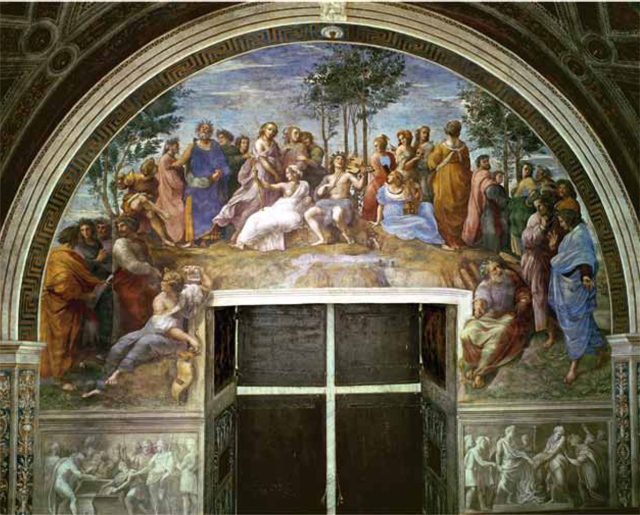
My Favourite Painting: Dervla Murphy
Dervla Murphy chooses her favouite painting for Country Life.
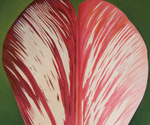
Jools Holland’s Favourite Painting
Jools Holland introduces his favourite painting – Tulip petal number 3
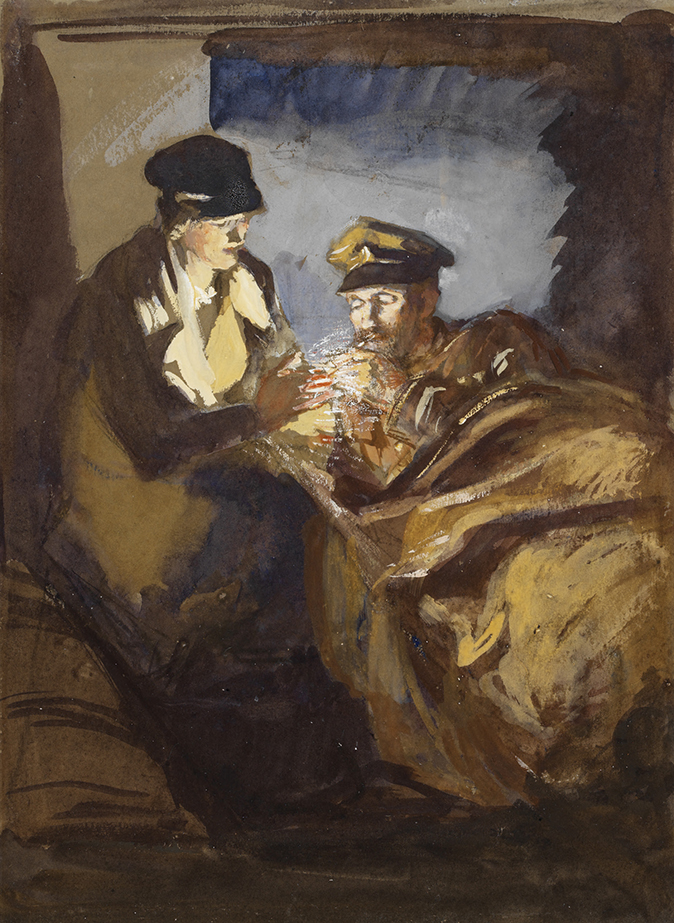
My favourite painting: Sue Laing
'This picture both reminds me of her and throws into sharp relief the extraordinary advances made in military medicine and
Country Life is unlike any other magazine: the only glossy weekly on the newsstand and the only magazine that has been guest-edited by HRH The King not once, but twice. It is a celebration of modern rural life and all its diverse joys and pleasures — that was first published in Queen Victoria's Diamond Jubilee year. Our eclectic mixture of witty and informative content — from the most up-to-date property news and commentary and a coveted glimpse inside some of the UK's best houses and gardens, to gardening, the arts and interior design, written by experts in their field — still cannot be found in print or online, anywhere else.
-
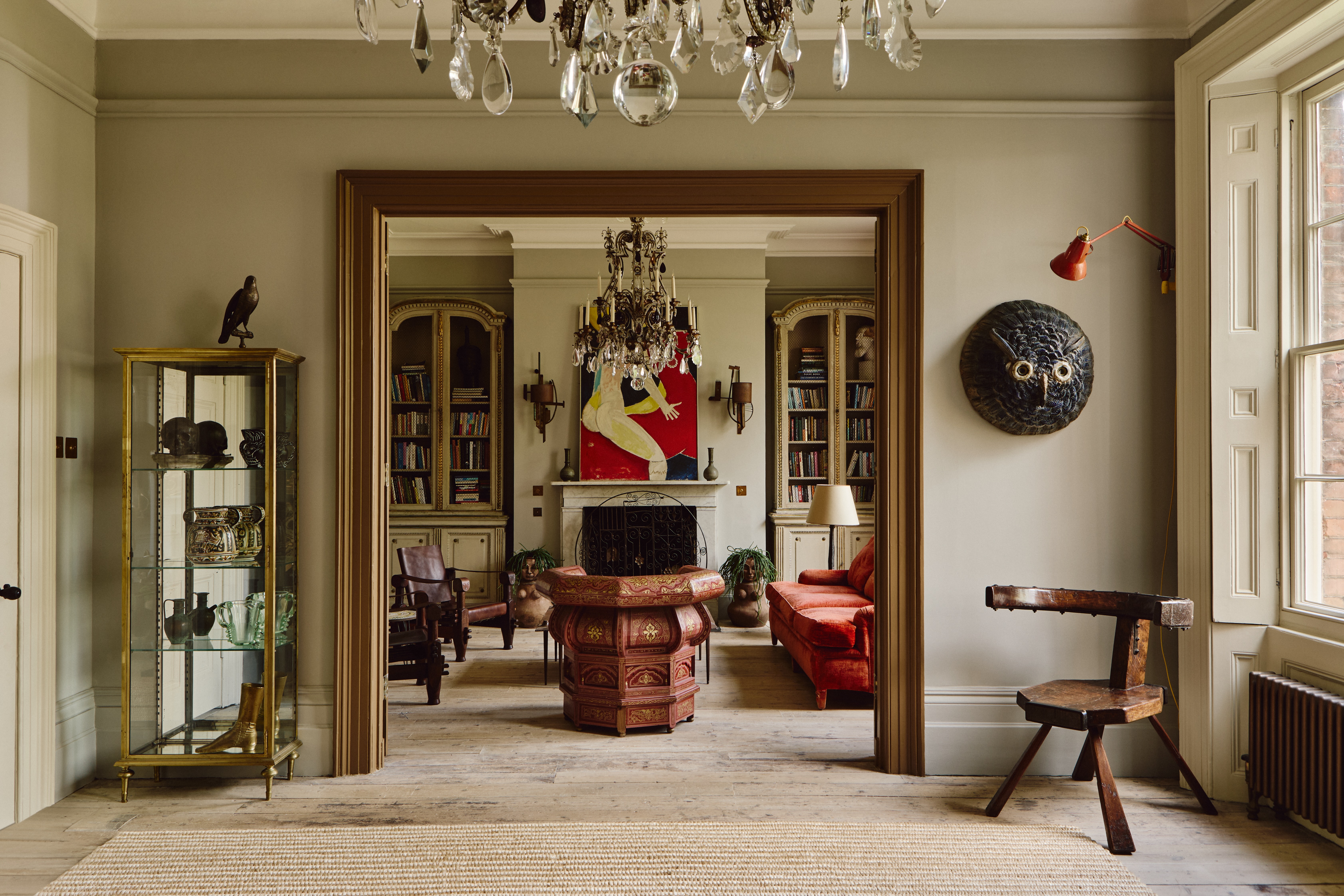 ‘It had the air of an ex-rental, and that’s putting it politely’: How an antique dealer transformed a run-down Georgian house in Chatham Dockyards
‘It had the air of an ex-rental, and that’s putting it politely’: How an antique dealer transformed a run-down Georgian house in Chatham DockyardsAn antique dealer with an eye for colour has rescued an 18th-century house from years of neglect with the help of the team at Mylands.
By Arabella Youens
-
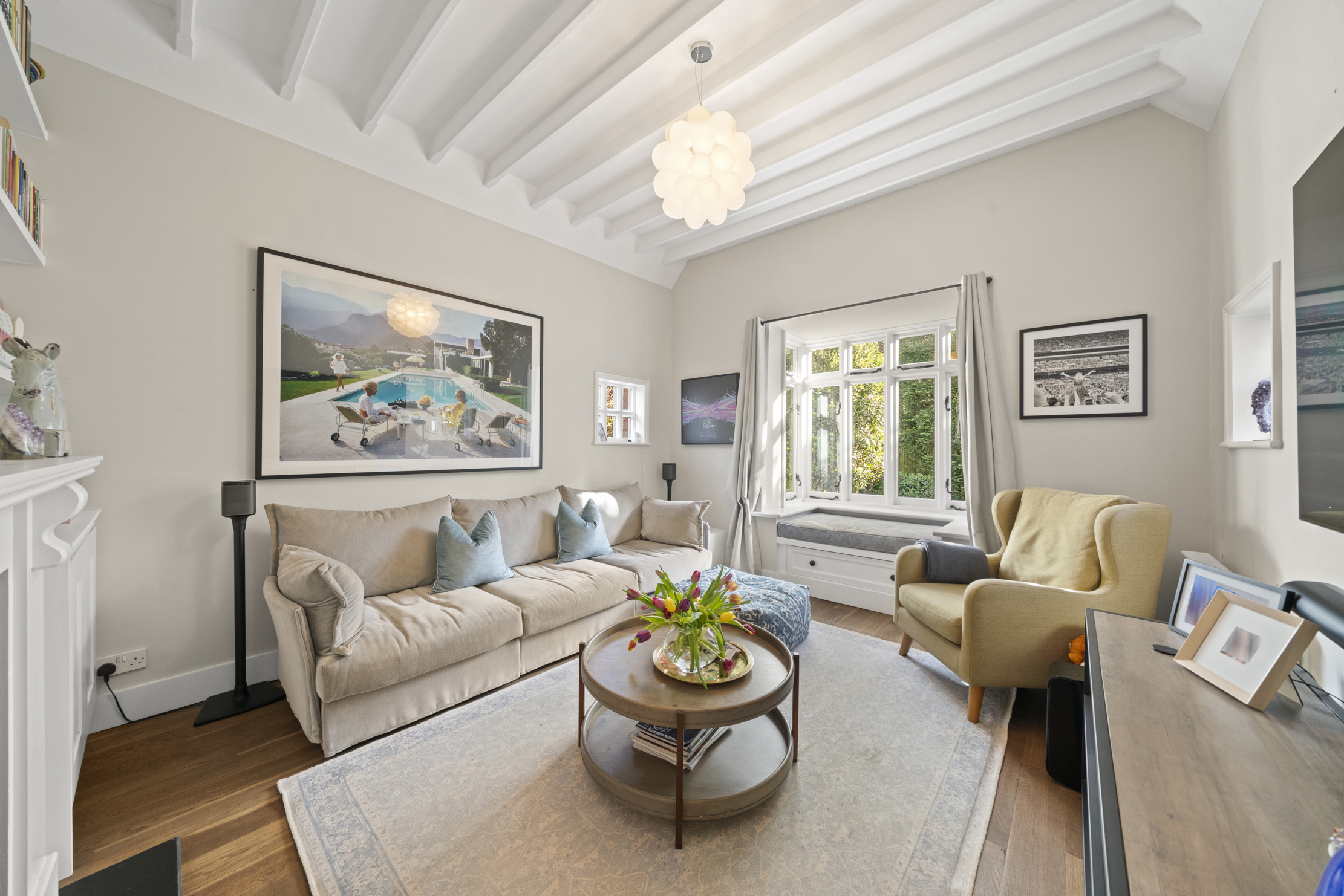 A home cinema, tasteful interiors and 65 acres of private parkland hidden in an unassuming lodge in Kent
A home cinema, tasteful interiors and 65 acres of private parkland hidden in an unassuming lodge in KentNorth Lodge near Tonbridge may seem relatively simple, but there is a lot more than what meets the eye.
By James Fisher
-
 'As a child I wanted to snuggle up with the dogs and be part of it': Alexia Robinson chooses her favourite painting
'As a child I wanted to snuggle up with the dogs and be part of it': Alexia Robinson chooses her favourite paintingAlexia Robinson, founder of Love British Food, chooses an Edwin Landseer classic.
By Charlotte Mullins
-
 The Pre-Raphaelite painter who swapped 'willowy, nubile women' for stained glass — and created some of the best examples in Britain
The Pre-Raphaelite painter who swapped 'willowy, nubile women' for stained glass — and created some of the best examples in BritainThe painter Edward Burne-Jones turned from paint to glass for much of his career. James Hughes, director of the Victorian Society, chooses a glass masterpiece by Burne-Jones as his favourite 'painting'.
By Charlotte Mullins
-
 'I can’t look away. I’m captivated': The painter who takes years over each portrait, with the only guarantee being that it won't look like the subject
'I can’t look away. I’m captivated': The painter who takes years over each portrait, with the only guarantee being that it won't look like the subjectFor Country Life's My Favourite Painting slot, the writer Emily Howes chooses a work by a daring and challenging artist: Frank Auerbach.
By Toby Keel
-
 My Favourite Painting: Rob Houchen
My Favourite Painting: Rob HouchenThe actor Rob Houchen chooses a bold and challenging Egon Schiele work.
By Charlotte Mullins
-
 My Favourite Painting: Jeremy Clarkson
My Favourite Painting: Jeremy Clarkson'That's why this is my favourite painting. Because it invites you to imagine'
By Charlotte Mullins
-
 The chair of the National Gallery names his favourite from among the 2,300 masterpieces — and it will come as a bit of a shock
The chair of the National Gallery names his favourite from among the 2,300 masterpieces — and it will come as a bit of a shockAs the National Gallery turns 200, the chair of its board of trustees, John Booth, chooses his favourite painting.
By Toby Keel
-
 'A wonderful reminder of what the countryside could and should be': The 200-year-old watercolour of a world fast disappearing
'A wonderful reminder of what the countryside could and should be': The 200-year-old watercolour of a world fast disappearingChristopher Price of the Rare Breed Survival Trust on the bucolic beauty of The Magic Apple Tree by Samuel Palmer, which he nominates as his favourite painting.
By Charlotte Mullins
-
 My favourite painting: Andrew Graham-Dixon
My favourite painting: Andrew Graham-Dixon'Lesson Number One: it’s the pictures that baffle and tantalise you that stay in the mind forever .'
By Country Life